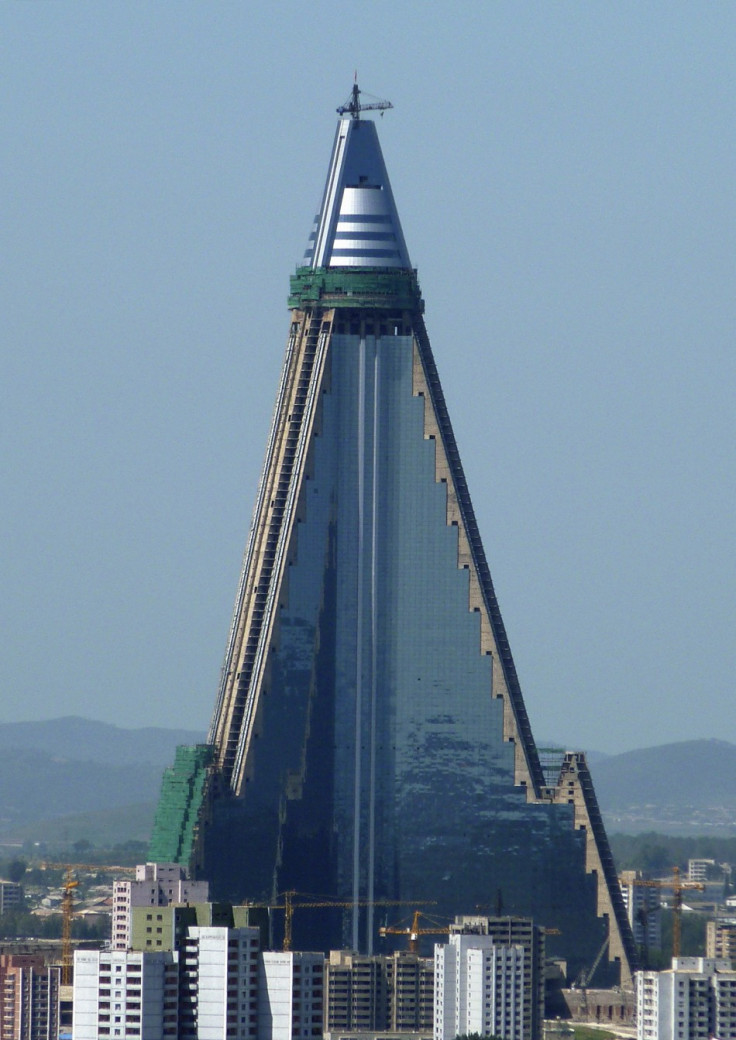Solar Cells: Thin, Flat Glass Windows Generate Electricity

By improving upon their earlier design on photoactive crystal tungsten diselenide, a team at Vienna University of Technology has come up with a thin, flat solar cell which could be used in glass panes to let in light, and also generate electricity.
The team had produced an ultra-thin layer of the photoactive crystal tungsten diselenide. A semiconductor comprising a layer of tungsten sandwiched between two layers of selenium atoms, this could turn light into electricity and vice versa.
When light shines on a photoactive material, single electrons are removed from their original position. A positively charged 'hole' remains, where the electron used to be. The movement of the electron and hole produces electricity.
But to prevent the electrons and holes (positive charge) from recombining, it requires many tiny electrodes placed between the layers to draw away the charge.
Instead, when combined with molybdenium disulphide, the holes move inside the tungsten diselenide layer, and the electrons migrate into the molybednium disulphide.
In the experiment, this can be done using electrostatic fields.
Using computer simulations to calculate how the energy of the electrons changes in both materials and which voltage leads to an optimum yield of electrical power, the team obtained good results.
Stacking the two materials perfectly to obtain a flat structure was important as any molecules between the two layers meant the cell wouldn't work. This was achieved by heating both layers in vacuum and stacking it in ambient atmosphere. Water between the two layers was removed by heating the layer structure once again.
As the resulting material consists of a few atomic layers, it is extremely light weight (300 square meters weigh only one gram), and very flexible. But as it allows some light to pass through, the power generated is low. Now the team is working on stacking more than two layers which will reduce transparency, but increase the electrical power.
© Copyright IBTimes 2025. All rights reserved.





















